Inti Raymi
Inti Raymi is a reenactment of a traditional religious ceremony of the Inca. It marks the end of the harvest season and the beginning of a new year. The name Inti Raymi derives from the ancient Inca language “Quechua”. Its translation means “Festival of the Sun”.
This event takes place during the winter solstice in the Southern Hemisphere in the week leading up to the 24st of June. It falls on the shortest day of the year.
The most venerated Deity
The Incas feared the disappearance of the sun hence they prayed to “Inti” (the Sun God). This was the most venerated deity in the Inca religion. During the ceremony, Llamas would be offered in sacrifice to ensure a good start of the new agricultural period in the coming months. Several days of fasting and purification preceded the ceremony.
The Festival of the Sun in Cusco
Inti Raymi is commemorated in a number of South American countries. However, the largest celebration takes place in Cusco, the historic capital of the Inca Empire. It is said to be the second largest festival in South America after the carnival in Rio de Janeiro.
And I was there to check it out. My trip to Peru included doing the Inka Trail and heading up to Lake Titicaca. I prepared separate posts on those activities. Check them out.
The Ceremony
The most important character of the Inti Raymi is the Sapa Inca. He starts the celebration in the Temple of the Sun in Cusco by praising the Sun God.

Haukaypata
The procession then proceeds to Haukaypata which is the main square of Cusco. Here, special dances and the burning of great quantities of coca leaves occur.
Hundreds of participating locals dressed up in colourful traditional attire march through the narrow cobblestone streets of town. By the way, during the Inti Raymi pretty much all car traffic is banded from Cusco.




Mummies
In ancient times, cloth crapped ancestral mummies brought to town from temples and shrines were part of the procession. They still are albeit nowadays they are dummies.
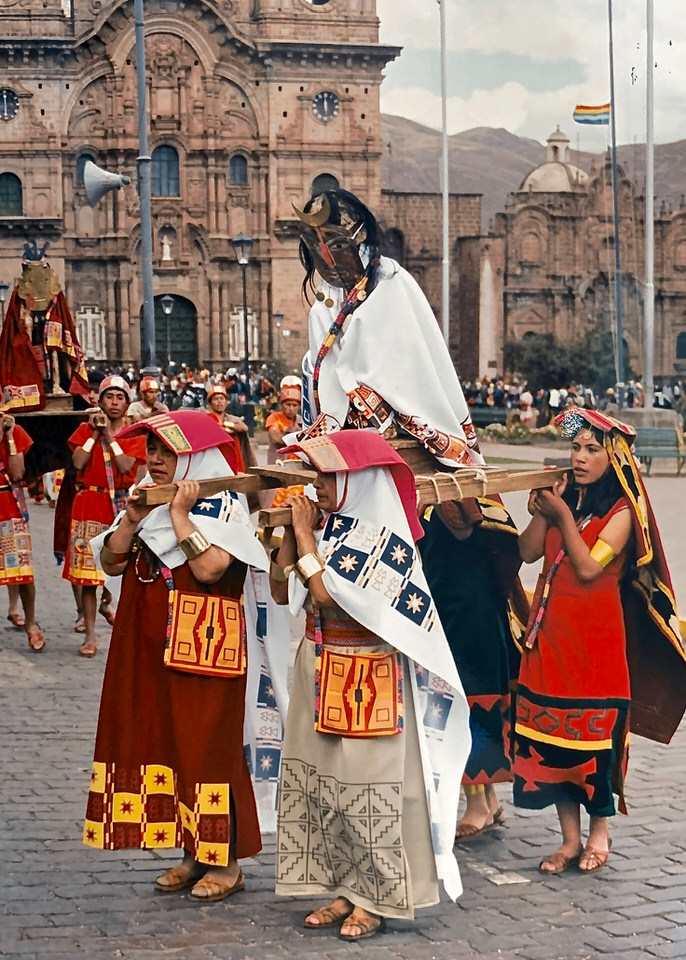
Inca trilogy is part of the Inti Raymi
The snake and the condor form part of the Inca trilogy (together with the puma). It was believed that the condor communicated with the upper world. The snake symbolised the world of the dead. The puma instead was a symbol of strength.



Sacsayhuman ruins
The celebration then moves to the worship center in the Sacsayhuman ruins on the outskirts of Cusco. A number of important personalities are carried up to the new location in a 30 to 50 minutes walk.

So many spectators attending the Inti Raymi
An impressive number of spectators gather around the main esplanade of Sacsayhuman to watch the Inca Queen and other important personalities passing by.



Hundreds of participants
I was rather impressed by the sheer number of participating actors at this ceremony. Hundreds of warriors, Inca priests, sun maiden wearing traditional dresses, drummers, etc. You name it.






The snake carried by the girl was very much alive. In fact, it tried to scape at one point.

High point of the Festival of the Sun
Dressed in full costume, the Inca priest delivers his final words in Quechua before a simulated ritual sacrifice of a llama.

The above mentioned ceremony is the culmination of the celebration accompanied by much fanfare, music, drums and dancing. But the Festival of the Sun is not over yet. Now everybody gets back to Cusco and parties through the night.

Conclusion
I felt fortunate to have had the opportunity to attend an Inti Raymi Festival. If thinking of travelling to Peru, I would definitely recommend to make sure to be in Cusco around that time. Albeit, I do have to admit that I found it somewhat touristy and overcrowded nowadays. But, believe me, it is still worth it.
And finally, a last picture of one of the Inca girls with her amazing hair attire.
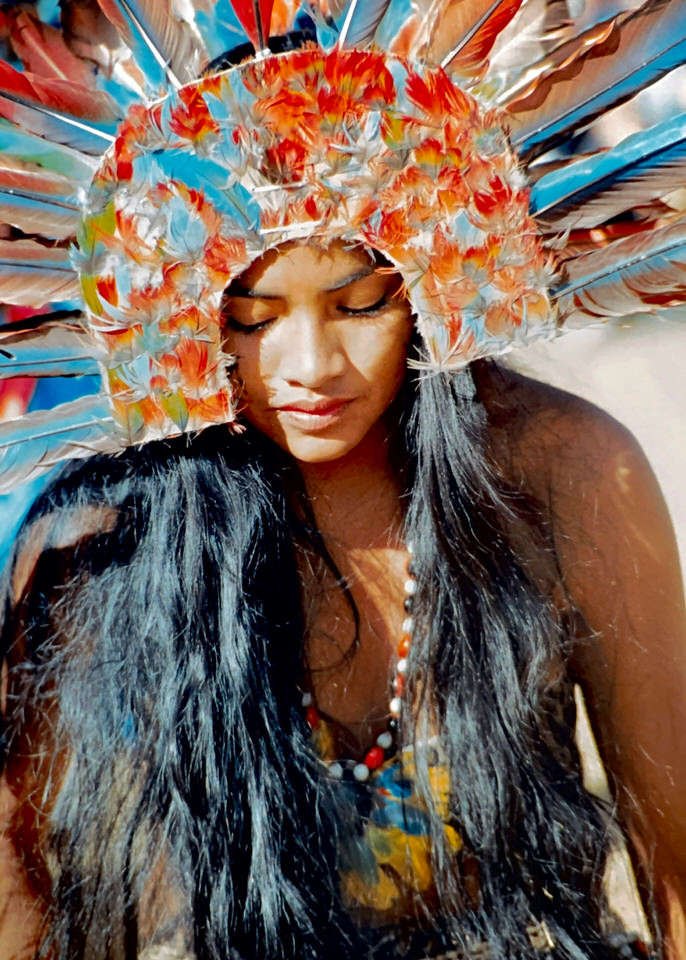

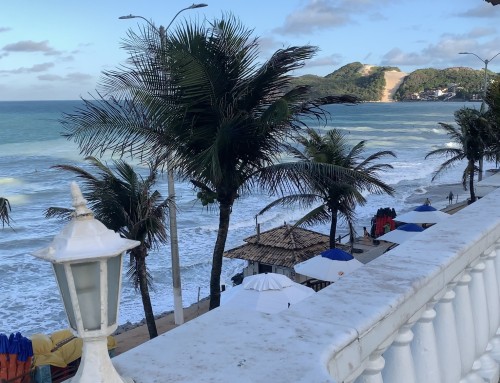
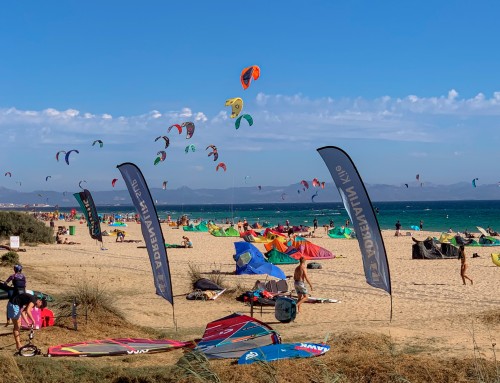
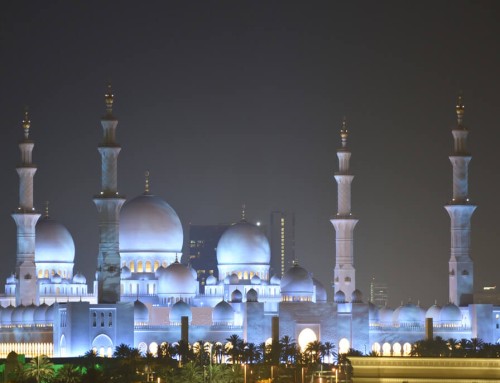
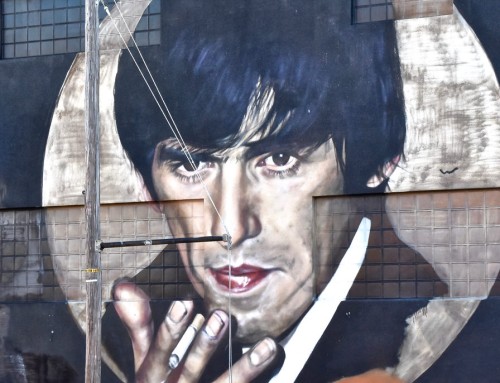
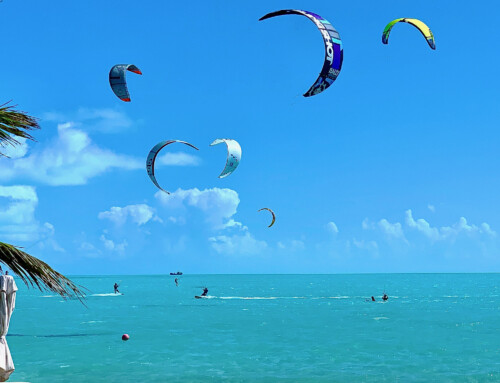
Leave A Comment
You must be logged in to post a comment.